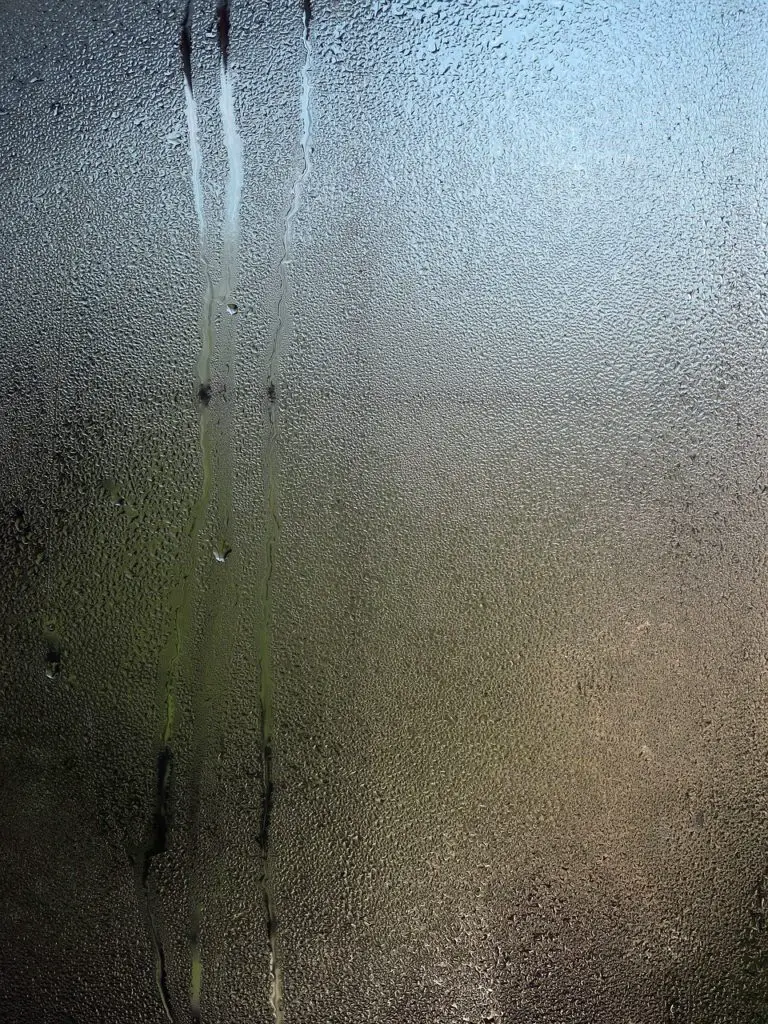
The Google Nest Thermostat has some attractive features. One of the more useful ones is ‘Cool to Dry,’ which can get rid of indoor humidity using your HVAC. But does this feature really work, or is it just snake oil?
You should use Cool to Dry on a Nest if you have excess humidity in your home. Cool to Dry uses your AC or heating system to lower humidity levels. This feature also stops mold from growing and makes it easier to breathe. You can adjust the humidity level at which Cool to Dry turns on automatically.
This article will explain everything you need to know about using Cool to Dry on your Nest Thermostat. I’ll also touch on a few important considerations before you decide to turn it on.
Benefits of Using Cool To Dry
Cool to Dry allows you to take complete control over the humidity in your home.
By turning it on, you’ll be able to create a healthier environment for you and your loved ones.
So, here are a few reasons why you should enable Cool to Dry on your Nest Thermostat.
Cool To Dry Gets Rid of Mold
Mold flourishes in wet, unventilated areas like room corners, basements, and shower curtains.
If it gets really bad, it’ll destroy your furniture, clothes, and carpets.
Because Cool to Dry reduces the humidity, the air will never stay humid enough for mold to grow and reproduce when this feature is on.
Cool To Dry Helps Manage Symptoms of Respiratory Diseases
Respiratory diseases are accompanied by symptoms such as wheezing and chronic coughing.
Most of us know that a humidifier can help with those symptoms.
However, if humidity levels get too high, these symptoms will show up again.
It gets even worse if the air is humid and hot. Such conditions can put a damper on your immune system.
The ideal humidity level to reduce respiratory symptoms is about 40-60%.
If your humidifier overshot its target, Cool to Dry would get rid of excess water vapor automatically.
Cool To Dry Makes the Room Feel Cooler Than It Really Is
Since high humidity makes it harder for your body to regulate its temperature through perspiration, your home will feel hotter.
If you keep lowering the temperature on your Nest Thermostat and it’s still scorching hot, blame the humidity.
Cool to Dry will both lower the room temperature and get rid of moisture simultaneously.
The dry, cool air coming out of the AC is more refreshing than an ice-cold drink.
Important Considerations Before Enabling Cool To Dry
While Cool to Dry is a fantastic feature overall, it does come with a few caveats.
So, before you enable it on your Nest Thermostat, let’s look at a few reasons why you may want to think twice.
Cool To Dry Lowers the Room Temperature
As the name suggests, Cool to Dry gets rid of hot, humid air by blowing cool air into the room.
This isn’t a problem in summer and on warmer days in spring and fall.
However, most people also face high humidity levels in winter.
We tend to keep our doors and windows shut, stay at home more, and crank the heat up.
You probably don’t want to wake up to your AC blowing cold air right into your feet.
If that’s the case, you may want to disable the feature.
Cool To Dry Uses a Lot of Energy
Air conditioners use about 3000 – 3500 W per hour.
Since Cool to Dry turns your AC on and off all the time, it can add a lot of extra dollars to your power bill.
It basically reverses all the hard work your heating system puts in to make the room feel warm and cozy.
In turn, this forces you to waste power on reheating the room.
There are cheaper (or free) methods that get rid of moisture, such as opening your window.
Cool To Dry Can’t Work With a Dehumidifier
Google explains that Cool to Dry won’t work with a standalone dehumidifier.
This could be frustrating if you were trying to get the feature to work with your standalone dehumidifier.
As a side note, the feature works even better if your AC has a built-in dehumidification mode.
How Does Cool To Dry on a Nest Work?

Cool to Dry on your Nest Thermostat works by turning your air conditioner or heat pump on to dry out the air. The process can turn on and off automatically to keep your indoor humidity levels at an optimal range. The only drawback is that Cool to Dry lowers room temperature.
Aside from blowing a chilly breeze into your room, an AC actively removes warm, humid air.
Water in the air collects on the surface of the evaporator coil in your AC.
The water drips into the drip pan and drains through a plastic drain pipe.
The principle of using a heat pump is identical. It’ll put the heat pump in cooling mode to remove moisture.
So, Cool to Dry simply turns your AC on until humidity reaches a certain threshold.
Ideally, humidity should be between 30% to 50%.
So, it’s best to program Cool to Dry to turn on when the humidity hits 55%.
This will also help you meet the humidity levels required to reduce symptoms of respiratory illnesses.
The main benefit of Cool to Dry is that your room temperature will remain relatively normal. The AC won’t kick in unless there’s too much moisture.
When To Use Cool To Dry on Your Nest
Basically, unless you live in a barren desert, you should turn on Cool to Dry.
Most inhabited places in the world see average humidity levels of about 50% and up.
However, the amount of water vapor in your home isn’t constant.
Cooking (especially boiling water for pasta and soup) and showering are everyday chores that substantially increase indoor air’s moisture content.
Such situations are the perfect case for using Cool to Dry.
It’ll stop water vapor in its tracks before it has the chance to settle in the cooler corners of your room.
You can keep the feature on at all times. It won’t turn the AC on unless necessary, which means it won’t waste any electricity.
Nest Cool To Dry: Final Thoughts
The Cool to Dry feature on your Nest Thermostat allows you to manage humidity in your home easily.
You won’t even need a dedicated dehumidifier with this feature enabled.
You should use Cool to Dry if you want to get rid of hot, humid air. However, it’ll turn your AC on, which can substantially cool your house.
